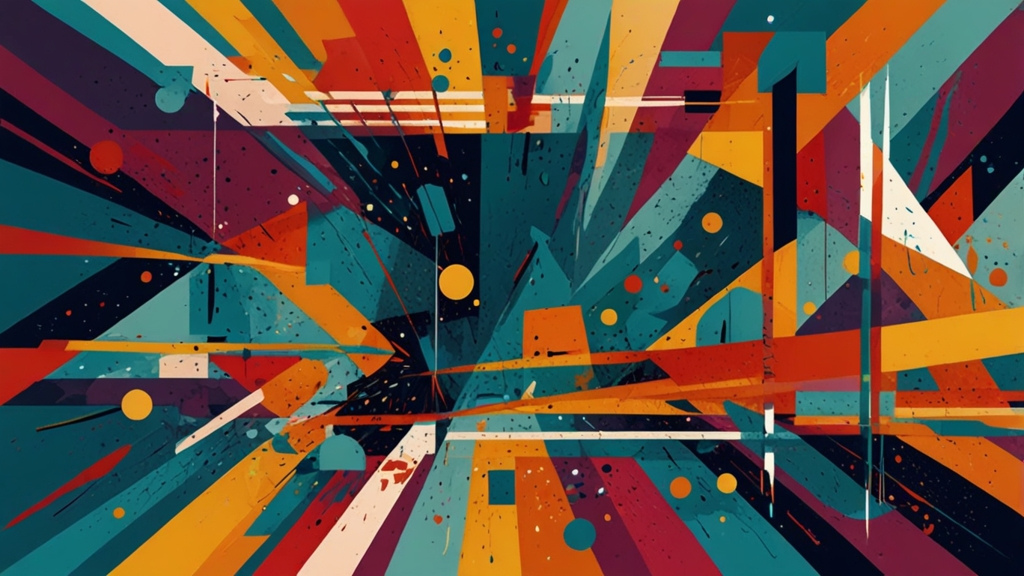Description
Children’s stores are unique in that they cater not only to the purchasing decisions of adults but also to the whims and fantasies of children. Creating an engaging shopping environment is crucial for attracting families and encouraging repeat visits. Here are several reasons why 3D models are essential in this context:
- Visual Engagement: Children are naturally attracted to colorful and dynamic visuals. 3D models can bring a store’s theme to life, capturing the attention of young shoppers and encouraging exploration.
- Thematic Consistency: A well-designed children’s store often revolves around a specific theme—whether it’s a fairy tale, a jungle adventure, or outer space. Custom 3D models ensure that all elements of the store align with this theme, creating a cohesive experience.
- Enhanced Spatial Planning: 3D models allow store owners and designers to visualize the layout and arrangement of products and displays. This aids in optimizing space for both aesthetics and functionality.
- Emotional Connection: The right 3D model can evoke emotions and memories, making shopping a more enjoyable experience for families. For instance, a model of a friendly dinosaur can create a sense of wonder, encouraging children to engage with the store.
- Marketing and Branding: Unique and creative 3D designs can set a store apart from its competitors. They serve as marketing tools, helping to create a memorable brand identity that resonates with both parents and children.
Understanding the Custom 3D Model Creation Process
Creating custom 3D models for children’s stores involves a systematic approach that integrates the store’s vision, theme, and layout requirements. Here’s a step-by-step breakdown of the process typically followed by online services specializing in this area:
- Initial Consultation: The process begins with an initial consultation where store owners discuss their vision, brand identity, and specific requirements for the 3D models. This stage is crucial for understanding the store’s target audience and the intended emotional impact.
- Concept Development: Based on the information gathered during the consultation, designers create preliminary sketches or digital concepts. This stage may involve brainstorming sessions and feedback loops with the client to refine ideas.
- 3D Modeling: Once the concept is approved, designers begin the 3D modeling process. This involves using advanced software to create detailed representations of the proposed designs. Designers consider various factors, including color schemes, textures, and proportions, to ensure that the models are both visually appealing and practical.
- Rendering and Visualization: After the 3D models are created, they are rendered to produce high-quality images that showcase how the models will look in the store environment. This step allows for further adjustments and refinements based on client feedback.
- Final Approval: Once the client is satisfied with the rendered models, final adjustments are made, and the models are prepared for production. This stage may involve creating 3D prints or digital files that can be used for various display purposes.
- Installation Support: Some online services also offer installation support to help store owners effectively integrate the 3D models into their retail spaces. This may include guidance on placement, lighting, and arrangement to maximize impact.
Benefits of Using Custom 3D Models
Engaging with a service that specializes in custom 3D model creation for children’s stores offers numerous advantages:
- Tailored Solutions: Every children’s store has unique requirements. Custom 3D models ensure that the designs reflect the specific needs and preferences of the store owner and its target audience.
- Cost-Effectiveness: While some may view custom 3D modeling as a luxury, the reality is that it can be a cost-effective solution in the long run. By optimizing store layouts and improving customer engagement, these models can enhance sales and drive profitability.
- Increased Foot Traffic: A visually appealing store environment attracts more customers. Unique 3D models can serve as conversation starters, drawing families into the store and increasing foot traffic.
- Enhanced Shopping Experience: Custom 3D models create immersive environments that make shopping more enjoyable for children. A positive shopping experience fosters customer loyalty and encourages repeat visits.
- Innovative Branding: In a competitive market, distinctive branding is key. Custom 3D models allow stores to express their unique identity, helping to stand out in the crowded retail landscape.
Case Studies of Successful Implementations
To illustrate the effectiveness of custom 3D models in children’s retail, let’s examine a few successful implementations.
Case Study 1: The Enchanted Toy Store
The Enchanted Toy Store, a small independent shop specializing in educational toys, sought to create an immersive shopping experience for families. By collaborating with an online 3D modeling service, they developed a whimsical forest theme, complete with 3D tree models, oversized mushrooms, and fairy lights.
The result was a vibrant, interactive environment that not only captured children’s imaginations but also encouraged parents to linger and explore. Within three months of implementing the new designs, foot traffic increased by 40%, and sales saw a significant boost.
Case Study 2: Little Adventurers
Little Adventurers, a children’s clothing store, aimed to convey a sense of adventure through its store design. The online service created custom 3D models of mountains, rivers, and playful animals that lined the store’s walls.
This thematic approach resonated with parents and children alike, creating an engaging environment that made shopping for clothes feel like an adventure. The store reported a 30% increase in customer engagement and a marked improvement in brand recognition following the redesign.
The Future of Custom 3D Modeling in Retail
As technology continues to evolve, the future of custom 3D modeling in children’s retail looks promising. Here are some emerging trends that could shape the industry:
- Augmented Reality (AR) Integration: AR technology allows customers to visualize 3D models in real-world settings. Children’s stores could leverage AR apps to let parents and children interact with the models before visiting the physical store, enhancing the shopping experience.
- Sustainability: With increasing awareness of environmental issues, there’s a growing demand for sustainable practices in retail. Future 3D modeling services may prioritize eco-friendly materials and production processes, aligning with the values of modern consumers.
- Personalization: As data analytics become more sophisticated, custom 3D models could be tailored to individual customer preferences. Stores might offer personalized shopping experiences that reflect the interests and preferences of specific families.
- Virtual Storefronts: The rise of online shopping has prompted many retailers to explore virtual storefronts. Custom 3D models can be utilized in creating immersive online shopping experiences, allowing customers to explore a virtual representation of the store.
- Collaboration with Influencers: Collaborating with children’s influencers or brands could lead to unique 3D model designs that resonate with specific target audiences. This trend could enhance marketing efforts and create buzz around new store launches or promotions.
Conclusion
The creation of custom 3D model art for children’s stores is not merely a design choice; it is a strategic investment in customer engagement and brand identity. As children’s retail continues to evolve, the integration of visually captivating and thematically coherent 3D models will play a pivotal role in attracting families and enhancing the shopping experience. With the rise of online services dedicated to this niche, store owners have the opportunity to elevate their retail spaces into magical environments that inspire wonder and joy. The future of children’s retail is bright, and custom 3D models are at the forefront of this exciting transformation.





Reviews
There are no reviews yet.